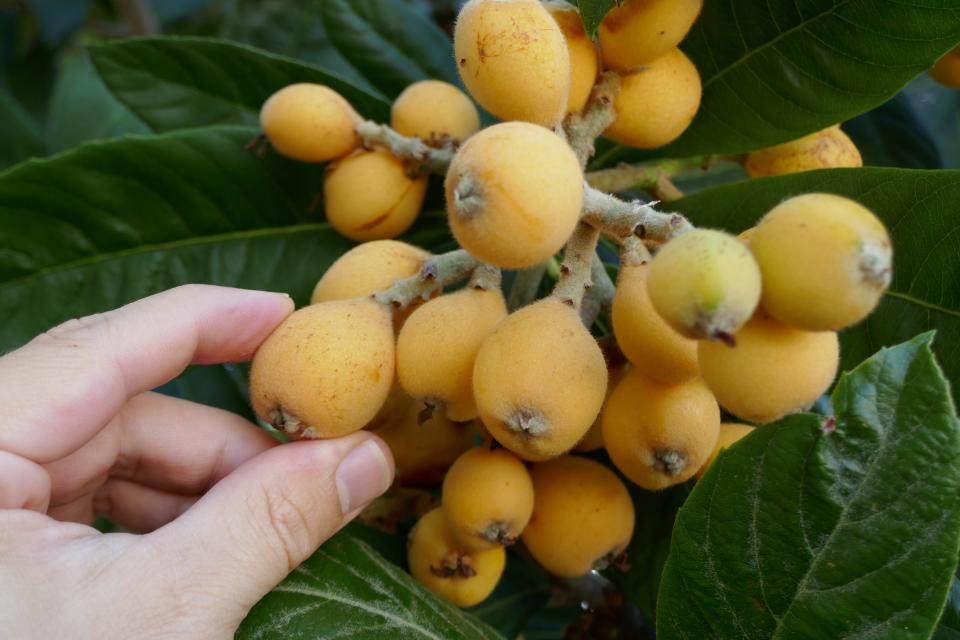Mark Bailey: Food gardening in the shade

Not everyone has the option to have a garden in full sun, yet a successful garden is still entirely possible in the shade. Certain plants are non-productive in shaded conditions while others thrive. The important thing to understand is choosing the right plant for the conditions at hand.
A key factor to keep in mind is how much the sun’s track across the sky varies throughout the year. For those who are curious, the winter solstice is on Dec. 21 and the summer solstice is on June 21. Not only are these the shortest and longest days of the year, they are the days where the sun is at its lowest or highest in the sky. On the winter solstice, the shortest day of the year, the sun will track across the sky at a height of about 37 degrees above the horizon, while it will track about 84 degrees on the summer solstice. The reason this is important to understand is because the amount of sunlight a certain location may receive can change dramatically throughout the year. Plants under a tall tree may receive more light during the winter due to the lower angle of the sun, while in the summer they may receive little or no direct sunlight. The opposite may be true depending on the proximity to trees and structures.
Most annual fruit-bearing plants, such as tomatoes, tend to need full sun and should avoid being planted in deep shade. On the other hand, most leafy greens and herbs are good options for partially shaded locations. Partially shaded could be defined as about 50% sun throughout the day. Leafy greens and herbs only require energy to produce leaves rather than the additional burden of fruit, which comes from a plant’s surplus energy and nutrients. Good leafy green options for partially shaded gardening include beets, Bok choy, broccoli, carrots, collards, cabbage, Swiss chard, kale, lettuce, mustard, radish, spinach and turnips. Many herbs are an option as well: basil, chives, cilantro, lemon balm, mint, oregano, rosemary and sage.
Gingers and turmeric are deep-shade-loving plants that don’t fit into the leafy green or fruit-bearing plant category. These plants produce underground rhizomes that are tasty and nutritious. They can be left in the ground indefinitely or harvested after nearly a year of growth. They are very cold-sensitive and will likely die back in a freeze, but they will come back when the weather warms.
Certain fruit trees are not only tolerant to partial shade, they thrive in these conditions. A famous Florida fruit tree that originates from shady jungle conditions is citrus. All citrus can be grown in partially shaded conditions; however, their productivity can decrease in deeply shaded conditions. Citrus grown in partial shade tend to have less disease severity compared to citrus grown in full sun.
Perhaps the best fruit tree for practically any condition is the loquat. Loquats thrive in full sun or partial sun and produce an abundance of fruit with a minimum of resources. Several species of pawpaw also can grow well and be productive in partially shaded conditions.
Many fruit-bearing plants need chill hours to be productive. Chill hours are a period of time where cool conditions encourage the plant to remain dormant for much of the winter. Plants that need chill hours include blueberries, peaches, plums, nectarines and persimmons. In an effort to maximize these plants’ chill-hour accumulation, it is best to plant these in a location that receives shade during the winter and full sun during the spring and summer. Plants are far more likely to produce abundant flowers and subsequent fruit when they receive adequate chill hours.
It’s a good idea to take into consideration the amount of shade and where shade will be throughout the year before planting. Once these conditions are understood, carefully choose the plants that are best suited for a particular location. A plant in the right place is going to be a healthy and productive plant, so plan and plant accordingly.
For more information, call the Marion County Extension office at 671-8400 or email ironhill@ufl.edu.
— Mark Bailey is the Sustainable Agriculture and Food Systems Extension Agent for UF/IFAS Extension Marion County. For more information, contact the Marion County office at 671-8400. The Extension Service is located at 2232 NE Jacksonville Road, Ocala, FL 34470.
This article originally appeared on The Gainesville Sun: Mark Bailey: Food gardening in the shade

 Yahoo Autos
Yahoo Autos 